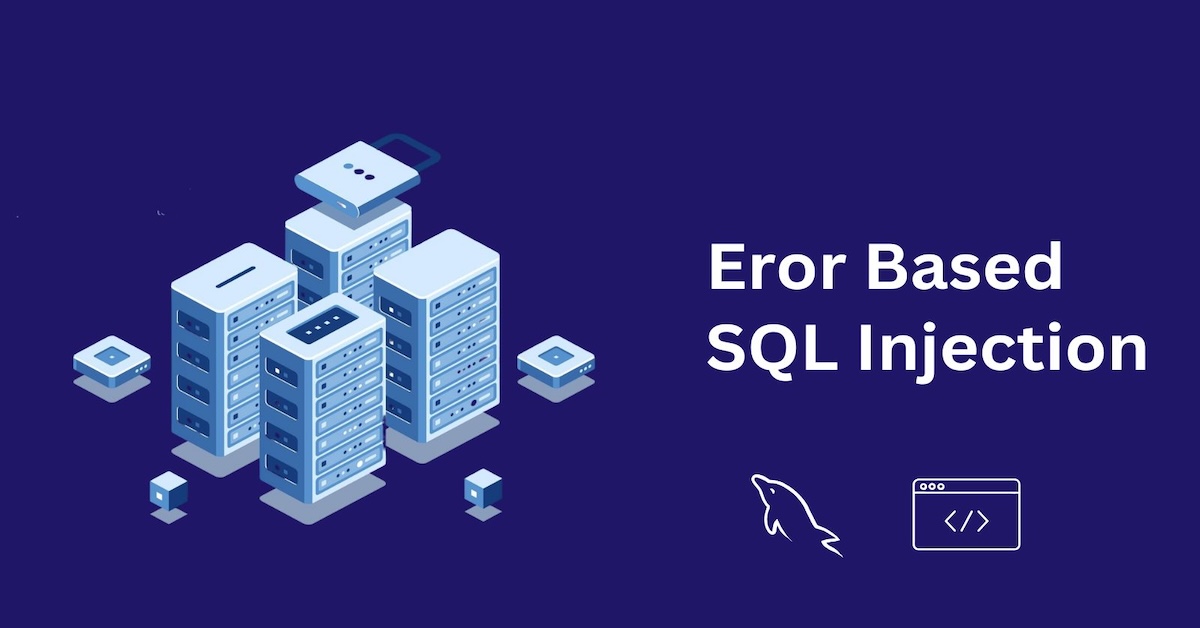REST API - Interview preparation guide
What is a REST API?
A REST (Representational State Transfer) API is an architectural style for designing networked applications. It uses standard HTTP methods to interact with resources, making it simple, stateless, and scalable.
What are the main principles of REST architecture?
- Statelessness: Each request from a client contains all the information needed; the server does not store session state.
- Client-Server: Separation of client and server for improved scalability and flexibility.
- Uniform Interface: Consistent, standardized methods (e.g., HTTP verbs) across resources.
- Resource-Based: Everything is a resource, accessible through unique URIs.
- Cacheability: Responses can be cacheable to improve performance.
- Layered System: Components operate independently, improving scalability.
What is the difference between REST and SOAP?
| Feature | REST | SOAP |
|---|---|---|
| Protocol | Uses HTTP/HTTPS | Uses various protocols (HTTP, SMTP, etc.) |
| Data Format | JSON, XML, HTML, etc. | XML only |
| Simplicity | Lightweight and simple | Complex, with strict standards |
| Performance | Faster due to JSON and caching | Slower due to XML and overhead |
| Use Case | Web services, public APIs | Enterprise-level, secure applications |
Explain the purpose of HTTP methods (GET, POST, PUT, PATCH, DELETE).
- GET: Retrieve data (read-only, safe, idempotent).
- POST: Create a new resource (not idempotent).
- PUT: Update/replace a resource (idempotent).
- PATCH: Partially update a resource (idempotent in some cases).
- DELETE: Remove a resource (idempotent).
What is an endpoint in a REST API?
An endpoint is a specific URL where an API can access resources. It is composed of a base URL and a path (e.g., /api/users).
What are resources in REST?
Resources are entities (data) exposed by the API, such as users, products, or orders. Each resource is identified by a unique URI (e.g., /api/users/1).
Explain the difference between PUT and PATCH.
- PUT: Replaces the entire resource.
- PATCH: Updates part of the resource.
Example:
- PUT
/users/1updates the whole user. - PATCH
/users/1changes specific fields like the user's email.
When should you use POST vs PUT?
- POST: To create a new resource (e.g.,
POST /userscreates a new user). - PUT: To update or replace an existing resource (e.g.,
PUT /users/1updates a user).
What are the most commonly used HTTP status codes?
- 200 OK: Request successful.
- 201 Created: Resource successfully created.
- 204 No Content: Successful request, no content returned.
- 400 Bad Request: Invalid request by the client.
- 401 Unauthorized: Authentication required.
- 403 Forbidden: Access denied.
- 404 Not Found: Resource not found.
- 500 Internal Server Error: Server-side issue.
What is idempotency in REST, and which methods are idempotent?
Idempotency means making the same request multiple times results in the same state on the server.
Idempotent Methods: GET, PUT, PATCH (in some cases), DELETE.
How do you secure a REST API?
- Use HTTPS to encrypt data.
- Implement token-based authentication (e.g., JWT, OAuth).
- Validate and sanitize user input.
- Rate limiting and throttling.
- Role-based access control (RBAC).
What is the difference between authentication and authorization?
- Authentication: Verifying the user's identity (e.g., logging in).
- Authorization: Granting permissions to access resources (e.g., user roles).
Explain OAuth 2.0 and how it is used in REST APIs.
OAuth 2.0 is an industry-standard protocol for secure authorization:
- Client requests access.
- Authorization Server verifies identity.
- Access Token is provided to access protected resources.
What is token-based authentication (e.g., JWT)?
A system where users authenticate once and receive a token (e.g., JWT) that they use to access API endpoints without re-authenticating.
How do you prevent CORS issues in REST APIs?
- Set the correct
Access-Control-Allow-Originheaders. - Use middleware (e.g., CORS in Node.js).
- Restrict allowed HTTP methods and headers.
What are some common REST API vulnerabilities (e.g., SQL injection, CSRF, XSS)?
- SQL Injection: Malicious queries via input fields.
- CSRF (Cross-Site Request Forgery): Trick users into executing unwanted actions.
- XSS (Cross-Site Scripting): Injecting malicious scripts into responses.
What are RESTful best practices?
- Use meaningful URIs (e.g.,
/api/users). - Use HTTP methods appropriately.
- Return proper status codes.
- Secure with HTTPS and authentication.
How do you structure RESTful API URIs?
- Use nouns for resources (e.g.,
/api/products). - Use plural names (e.g.,
/api/users). - Use sub-resources for relationships (e.g.,
/users/1/orders).
What is HATEOAS (Hypermedia as the Engine of Application State)?
A REST principle where responses include links to navigate the API dynamically.
Example:
{
"user": {
"id": 1,
"name": "John",
"links": [{ "rel": "orders", "href": "/users/1/orders" }]
}
}What are query parameters vs. path parameters?
- Query Parameters: Filter or modify the request (e.g.,
/users?role=admin). - Path Parameters: Identify a resource (e.g.,
/users/1).
How do you handle pagination in a REST API?
Use query parameters:
/products?page=2&limit=20
Include pagination metadata:
{
"data": [...],
"total": 100,
"page": 2,
"perPage": 20
}What is versioning in REST APIs, and what are the common strategies?
- URI versioning:
/v1/users - Header versioning:
Accept: application/vnd.company.v1 - Query parameter versioning:
/users?version=1
How do you optimize REST API performance?
- Use caching.
- Implement pagination.
- Compress responses (e.g., gzip).
- Database indexing.
What is caching, and how does it improve REST APIs?
Caching stores responses to reduce load and improve speed. Use Cache-Control and ETag headers.
What is the role of ETag headers in caching?
ETag is a unique identifier for a resource. It helps validate cached responses.
How can you implement rate limiting in REST APIs?
- Limit requests per user/IP (e.g., 100 requests/minute).
- Use headers like
X-RateLimit-Limit.
How do you test a REST API?
- Unit Testing Tests individual functions or methods in isolation.
Focus: Logic inside controllers, services, or helpers.
Tools:
- JavaScript/TypeScript: Jest, Mocha
- Java: JUnit, Mockito
- Python: unittest, pytest
Example: Testing a service function that validates user input or calculates a total price.
- Integration Testing Tests how different parts of the system work together — especially routes, controllers, database access, and external services.
Focus: End-to-end behavior of a single API endpoint.
Tools:
- Postman/Newman
- Supertest (Node.js)
- RestAssured (Java)
- pytest + requests (Python)
Example: Sending a real POST /users request and checking if it creates a user in the database.
- Load Testing Measures performance under high load.
Focus: API scalability and response times under stress.
Tools:
- Apache JMeter
- k6
- Locust
- Artillery
Example: Simulating 10,000 users hitting GET /products concurrently.
Additional Testing Types to Consider Contract Testing: Ensures API conforms to a defined schema (e.g., with Postman or Pact).
Security Testing: Checks for common vulnerabilities (e.g., using OWASP ZAP).
E2E Testing: Full workflow tests across frontend/backend (e.g., Cypress or Playwright with API assertions).
What are some tools for testing REST APIs? (e.g., Postman, cURL, Swagger)
- Postman: GUI-based testing.
- cURL: Command-line tool.
- Swagger/OpenAPI: Documentation and testing.
How do you log and monitor REST APIs in production?
- Use structured logs.
- Monitor performance metrics.
What is a microservices architecture, and how does it relate to REST APIs?
A system of small, independent services communicating via REST APIs.
Explain the differences between REST and GraphQL.
- REST: Fixed endpoints, multiple requests.
- GraphQL: Single endpoint, flexible queries.
What is gRPC, and how is it different from REST?
- gRPC: Binary protocol, faster, uses HTTP/2.
- REST: Text-based, easier to integrate.






